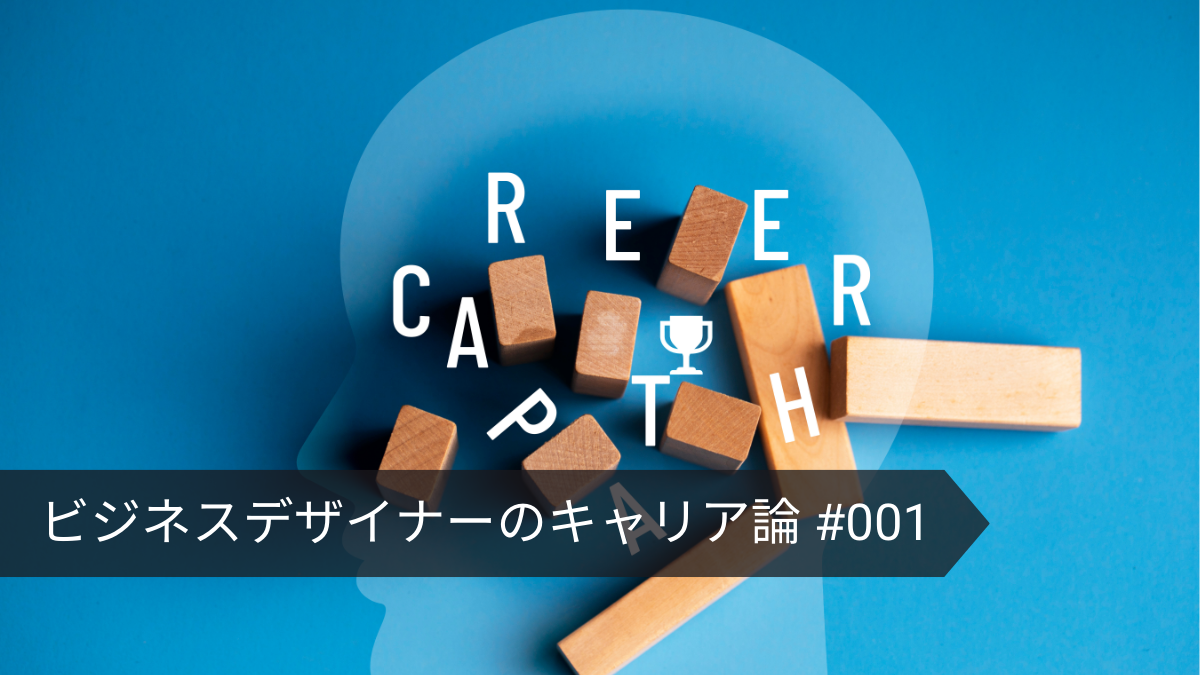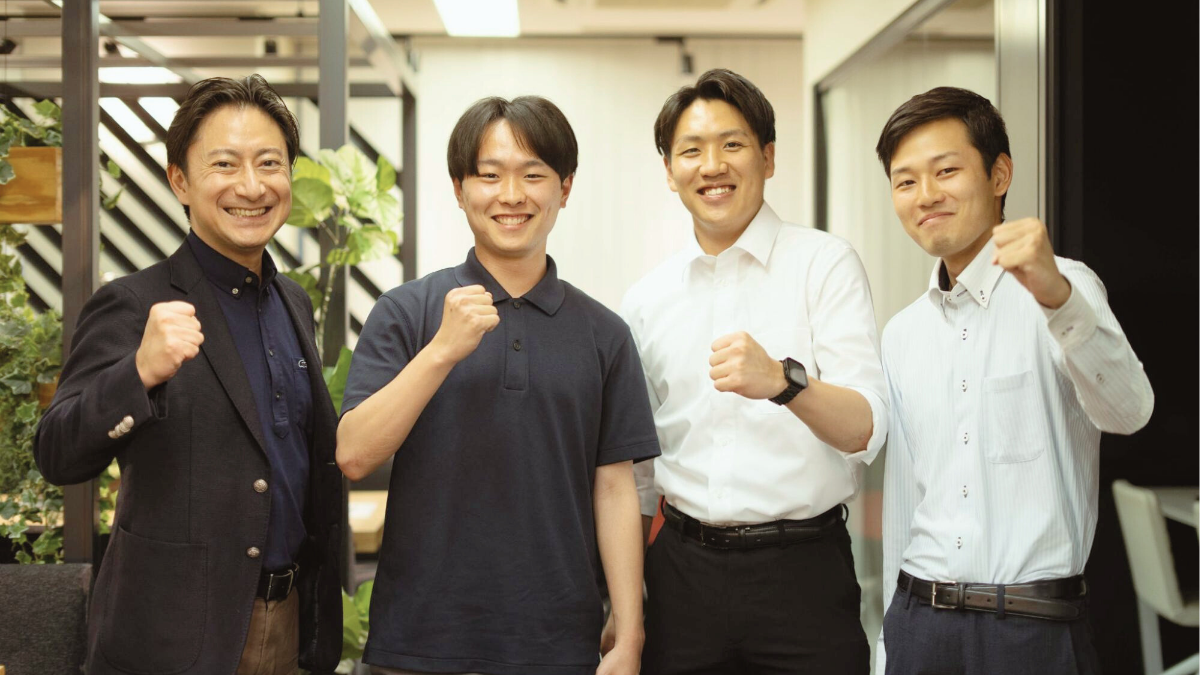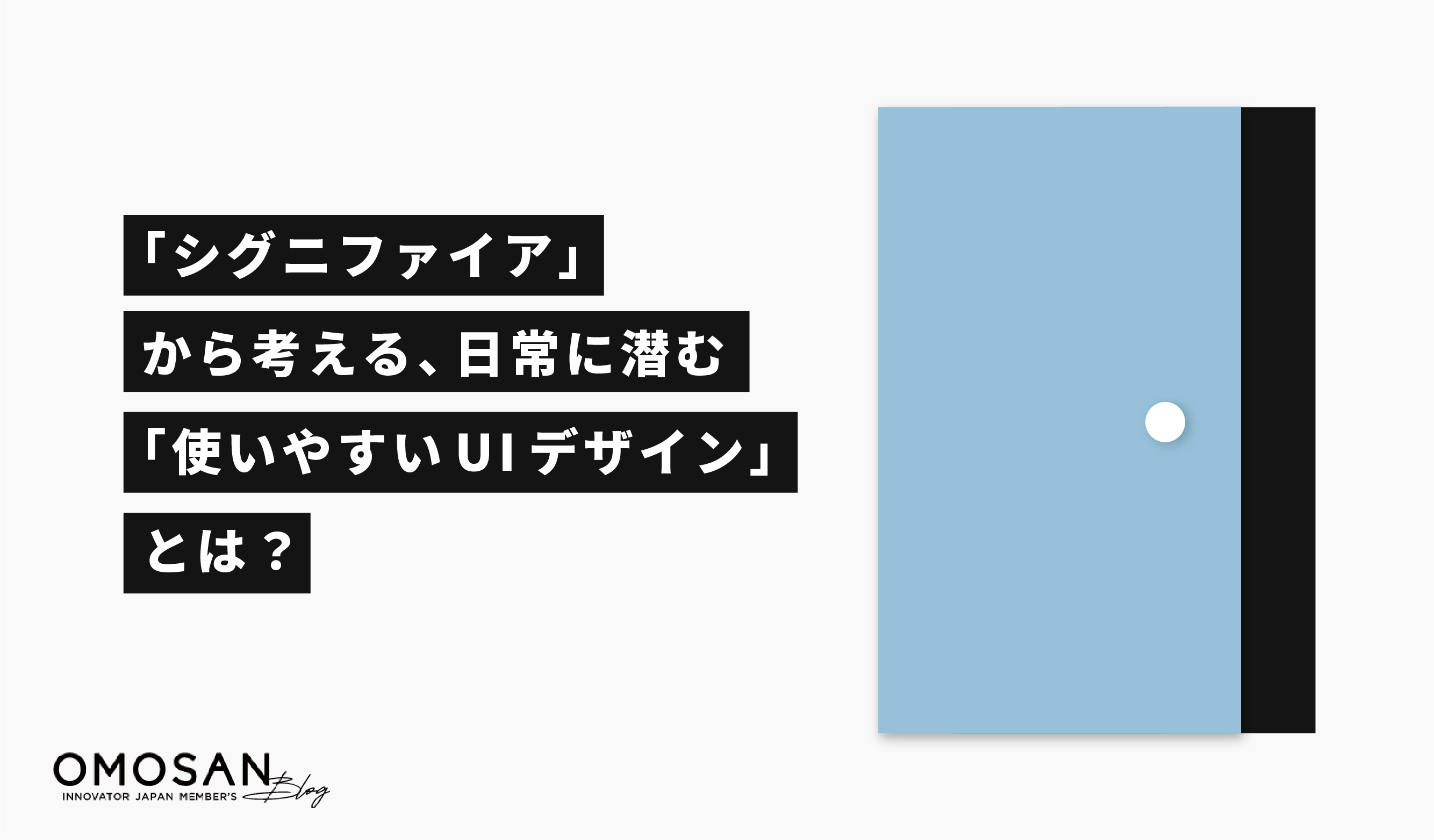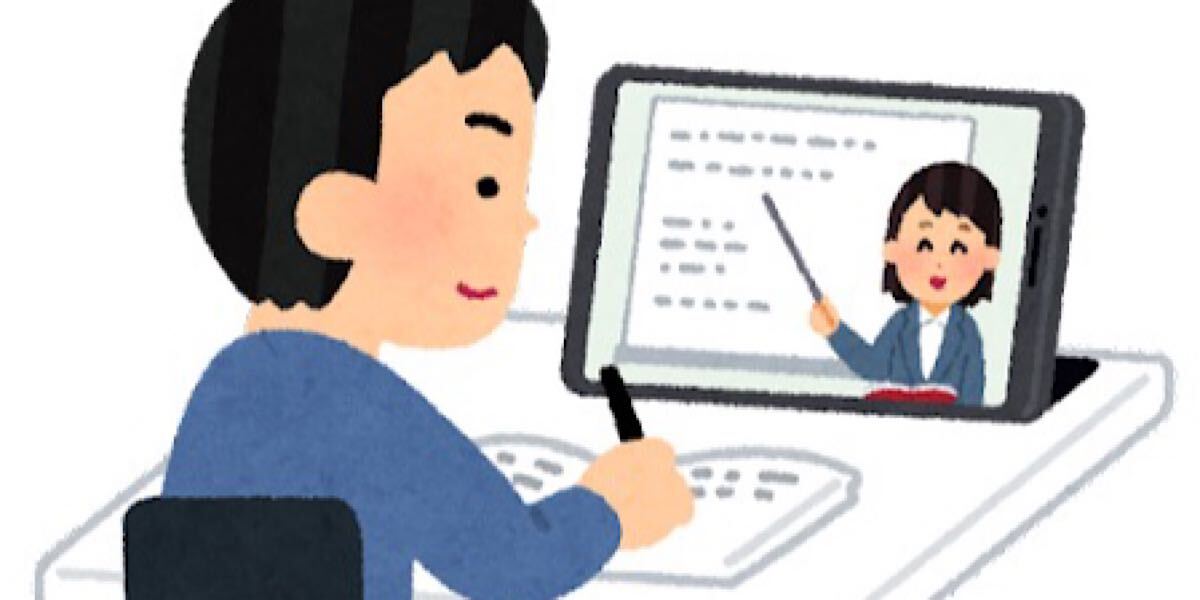Introduction(導入)
In today's fast-paced corporate world, effective communication is the bedrock of a successful and harmonious work environment. Beyond being a conduit for information, it plays a pivotal role in shaping employees' perspectives towards challenges and providing crucial support for their mental well-being. This article introduces the "10 Commandments of Effective Communication," supported by real-world examples and data, that every company should wholeheartedly adopt to create a culture that fosters positivity, teamwork, and individual growth.
変化のめまぐるしい昨今の社会では、効果的なコミュニケーションは、成功し調和のとれた職場環境の基盤になります。そんななか、コミュニケーションは情報の伝達手段であるだけでなく、従業員の課題に対する考え方を形成し、精神的な健康を支える重要な役割を担っています。この記事では、すべての企業が積極性、チームワーク、そして個人の成長を促進する文化を創造するために心から採用すべき「効果的なコミュニケーションの10の戒め」を、実例とデータに基づき紹介していきます。
- Listen Actively and Empathetically(積極的かつ共感的に聞く)
Studies have shown that active listening improves understanding and reduces misunderstandings by up to 67%. By giving undivided attention and showing empathy towards your colleagues, you create a safe space for sharing thoughts and concerns. This fosters a supportive atmosphere where individuals feel valued and understood.
Example: Imagine a team meeting where everyone is deeply engrossed in their smartphones or laptops, paying little attention to the speaker. Contrast that with a scenario where team members maintain eye contact, nod in agreement, and respond thoughtfully. Active engagement not only enhances understanding but also nurtures empathy.
積極的に話を聞くことで理解が深まり、誤解が最大67%減る、という研究結果があります。同僚に注意を払い、共感を示すことで、考えや懸念を共有するための安全な空間が生まれます。そうすることで、個人が評価され、理解されていると感じる支援的な雰囲気が育まれるのです。
例:全員がスマートフォンやノートパソコンに夢中で、発言者にほとんど注意を払っていないチームミーティングを想像してみてください。チームメンバーがアイコンタクトを保ち、うなずいて同意し、思慮深く応答しているシナリオとは対照的でしょう。積極的な関与は理解を深めるだけでなく、共感を育むのです。
- Encourage Open and Honest Communication(オープンで誠実なコミュニケーションの奨励)
Transparent communication breeds trust and accountability. According to the Harvard Business Review, companies with open communication cultures experience 70% higher employee satisfaction and are more likely to retain top talent. Encouraging honesty ensures that problems are addressed promptly and effectively, creating a culture of problem-solving.
Example: Consider a company that holds regular town hall meetings, where leadership addresses both successes and challenges faced by the organization. This approach promotes transparency and cultivates an atmosphere of trust. When Mark encounters a setback in a project, he feels comfortable discussing it openly with his team, leading to collaborative problem-solving.
透明性の高いコミュニケーションは、信頼と説明責任を育みます。ハーバード・ビジネス・レビューによると、オープンなコミュニケーション文化を持つ企業は、従業員満足度が70%高く、優秀な人材を確保しやすいんだとか。誠実さを奨励することで、問題が迅速かつ効果的に解決され、問題解決の文化が生まれます。
例:定期的にタウンホールミーティングを開催し、リーダーシップが組織が直面する成功と課題の両方を取り上げている企業を考えてみましょう。このアプローチは透明性を促進し、信頼の雰囲気を培うことにつながります。例えば、マーク氏がプロジェクトで挫折を味わったとき、彼は安心してチームとオープンに話し合うことができ、協力的な問題解決につながるでしょう。
- Respect and Value Diversity of Perspectives(多様な視点を尊重し、大切にする)
McKinsey & Company reports that diverse teams outperform homogeneous ones by 25% in terms of profitability. Embracing diverse viewpoints encourages innovative thinking and helps teams approach challenges from multiple angles. A culture that respects diversity leads to higher creativity and more robust solutions.
Example: Visualize a brainstorming session where a diverse group of team members with varied backgrounds contribute their unique ideas. This diversity of viewpoints often leads to innovative solutions that might be overlooked in a more homogeneous group. In a marketing campaign planning meeting, different age groups offer insights on how to approach a target audience, resulting in a well-rounded and comprehensive strategy.
マッキンゼー・アンド・カンパニーの報告によると、多様性のあるチームは、同質的なチームよりも収益性において25%優れているそうです。多様な視点を受け入れることは、革新的な思考を促し、チームが課題に多角的にアプローチするのに役立ちます。多様性を尊重する文化は、創造性を高め、より強固な解決策を導き出します。
例:様々な背景を持つ多様なチームメンバーが、それぞれのユニークなアイデアを出し合うブレーンストーミングの様子を思い浮かべてください。多様な視点がもたらされることで、同質的な集団では見過ごされるかもしれない革新的な解決策につながることが多くあります。マーケティング・キャンペーンの企画会議では、さまざまな年齢層がターゲット層へのアプローチ方法について洞察を提供しますし、その結果、充実した包括的な戦略が生まれるのです。
- Constructive Feedback, Not Criticism(批判ではなく建設的なフィードバック)
Effective feedback is a catalyst for growth. A study by Gallup found that employees who receive regular feedback show 14.9% greater job satisfaction. Constructive criticism that focuses on solutions rather than shortcomings helps individuals develop their skills while maintaining their self-esteem.
Example: Consider a scenario where a manager delivers negative feedback without offering guidance for improvement versus a manager who provides specific suggestions for growth. The latter approach not only helps the employee enhance their skills but also preserves their self-esteem. By offering constructive feedback on a colleague's presentation, James emphasizes areas of improvement while highlighting the presenter's strengths, leading to a more polished performance.
効果的なフィードバックは成長のきっかけとなるでしょう。ギャラップ社の調査によると、定期的にフィードバックを受けている従業員は、仕事に対する満足度が14.9%高いという結果が出ています。欠点ではなく解決策に焦点を当てた建設的な批判は、自尊心を保ちながらスキルを伸ばすのに役立ちます。
例:上司が改善の指針を示さずに否定的なフィードバックをする場合と、成長のための具体的な提案をする場合を考えてみましょう。後者のアプローチは、従業員のスキル向上に役立つだけでなく、自尊心を保つことにもなります。同僚のプレゼンに対して建設的なフィードバックを提供することで、例えばジェームズはプレゼンターの長所を強調しながら改善点を強調し、より洗練されたパフォーマンスにつなげることができます。
- Use Positive Language(ポジティブな言葉を使う)
Research from the Journal of Positive Psychology highlights that using positive language enhances emotional well-being and fosters a culture of optimism. By focusing on opportunities rather than problems, employees become more solution-oriented.
Example: Imagine receiving an email that solely focuses on challenges versus one that acknowledges difficulties while emphasizing potential solutions. The latter not only addresses issues but also inspires a sense of hope and empowerment. When discussing a project delay, Maria's email highlights the team's perseverance in overcoming obstacles, motivating her colleagues to maintain their dedication and focus.
Journal of Positive Psychology(ポジティブ心理学ジャーナル)の研究によると、ポジティブな言葉を使うことで、感情的な幸福感が高まり、楽観主義の文化が育まれるといいます。問題よりも機会に焦点を当てることで、社員はより解決志向になるでしょう。
例:問題ばかりに焦点を当てたメールを受け取った場合と、困難を認めつつ解決策を強調したメールを受け取った場合を想像してみてください。後者は問題に対処するだけでなく、希望とエンパワーメントの感覚を刺激するでしょう。プロジェクトの遅れについて議論しているとき、例えばマリアのメールは、障害を克服したチームの忍耐強さを強調し、彼女の同僚が献身と集中を維持するよう動機づけることにつながります。
- Resolve Conflicts with Respect and Understanding(敬意と理解をもって対立を解決する)
The American Psychological Association notes that unresolved conflicts lead to increased stress and decreased productivity. Addressing conflicts with respect and understanding ensures that relationships remain intact while issues are resolved, contributing to a healthier workplace environment.
Example: Visualize two colleagues engaged in a heated argument versus them sitting down calmly to discuss their differences. The latter showcases conflict resolution with mutual respect, ensuring that a positive atmosphere prevails even in the face of disagreements. When tensions arise between team members, addressing the issues with respect and understanding preserves relationships and paves the way for effective solutions.
米国心理学会は、未解決の対立はストレスの増大と生産性の低下につながると指摘しています。尊敬と理解をもって対立に対処することで、問題が解決されるだけでなく、人間関係が維持され、より健全な職場環境に貢献します。
例:2人の同僚が激論を交わしているのと、冷静に座って意見の相違について話し合っているのを想像してみてください。後者は、互いを尊重しながら対立を解決し、意見の相違があっても前向きな雰囲気が保たれることが分かるでしょう。チームメンバー間に緊張が生じた場合であっても、敬意と理解をもって問題に対処することで、人間関係が維持され、効果的な解決への道が開かれるのです。
- Give Credit and Recognition(賞賛と承認を与える)
The Society for Human Resource Management reveals that 69% of employees say they would work harder if they felt their efforts were better recognized. Recognizing and appreciating employees' contributions boosts morale and encourages a sense of ownership and dedication to their work.
Example: Picture a team meeting where a manager praises a successful project by acknowledging the collective effort. This recognition not only boosts team morale but also reinforces a sense of accomplishment. During a virtual team meeting, Emily applauds Chris's exceptional research work, motivating him and inspiring others to strive for excellence.
Society for Human Resource Management(人的資源管理学会)によると、従業員の69%が、自分の努力がもっと評価されると思えば、もっと頑張ると答えています。従業員の貢献を認め、評価することは、士気を高め、仕事に対する所有意識と献身を促します。
例:チームミーティングで、マネジャーが集団の努力を認めてプロジェクトの成功を賞賛する場面を思い浮かべてください。この承認はチームの士気を高めるだけでなく、達成感を強めることにつながります。バーチャルのチームミーティングで、例えばエミリーはクリスの卓越した研究成果を称賛し、クリスのモチベーションを高めるとともに、他のメンバーにも卓越した研究を目指すよう促しています。
- Be Approachable and Available(近づきやすく、利用しやすく)
A survey by Dale Carnegie Training found that companies with engaged employees outperform their competitors by 202%. When leaders are accessible, employees feel more comfortable seeking guidance, resulting in quicker problem resolution and knowledge sharing.
Example: Imagine a manager who keeps their office door closed versus one who maintains an open-door policy and encourages impromptu conversations. The latter fosters accessibility and open dialogue. By actively engaging in casual discussions during lunch breaks, Sarah's approachability encourages her team to share ideas and concerns freely, enhancing communication and camaraderie.
デール・カーネギー・トレーニングの調査によると、従業員の意欲が高い企業は、競合他社を202%上回っています。リーダーが身近な存在であれば、従業員はより安心して指導を求めることができ、その結果、問題解決や知識の共有がより迅速に行われるようになります。
例:オフィスのドアを閉め切ったままにしているマネジャーと、オープン・ドア・ポリシーを維持し、即興の会話を奨励しているマネジャーを想像してみてください。後者の方がアクセスしやすく、オープンな対話ができることがイメージできるでしょう。昼休みにカジュアルなディスカッションを積極的に行うことで、例えばサラの親しみやすさがチームのアイデアや懸念を自由に共有することを促し、コミュニケーションと仲間意識を高めているのです。
- Foster Teamwork and Collaboration(チームワークとコラボレーションを育む)
A study from Stanford University highlights that even the perception of working together can enhance motivation and performance. Fostering teamwork builds a sense of camaraderie and shared purpose, leading to better solutions for challenges.
Example: Picture a project where team members work in silos versus one where they collaborate using digital tools. The latter approach not only fosters synergy but also harnesses individual strengths for a more comprehensive outcome. In a cross-functional project, engineers and designers collaborate from the outset, resulting in a product that seamlessly combines functionality and aesthetics.
- Promote Work-Life Balance
According to the World Health Organization, a healthy work-life balance reduces stress and burnout risk. Encouraging employees to prioritize their mental health and personal time ensures they feel supported and valued beyond their professional contributions.
Example: Imagine a company that promotes remote work options and values employees' personal time. This policy demonstrates the organization's commitment to holistic well-being. By offering wellness workshops and encouraging employees to use their vacation days, the company actively supports the mental health of its workforce.
スタンフォード大学の研究によると、一緒に働くという認識さえもモチベーションとパフォーマンスを高めることができるといいます。チームワークを育むことで、仲間意識と目的を共有することができ、より良い課題解決につながります。
例:チームメンバーがサイロで作業するプロジェクトと、デジタルツールを使って共同作業するプロジェクトを思い浮かべてみてください。後者のアプローチでは、相乗効果が育まれるだけでなく、個々の強みが生かされ、より包括的な成果が得られる。クロスファンクショナルなプロジェクトでは、エンジニアとデザイナーが最初から協力し合うことで、機能性と美しさがシームレスに融合した製品を生み出すことに繋がります。
Conclusion(結論)
Effective communication is the linchpin of a positive workplace culture that not only addresses challenges but also supports employees' mental health. By following these "10 Commandments of Effective Communication," companies can create an environment where collaboration thrives, diversity is celebrated, and each team member's well-being is nurtured. As a result, not only will businesses prosper, but employees will also experience a heightened sense of purpose and satisfaction in their roles.
効果的なコミュニケーションは、課題に対処するだけでなく、従業員のメンタルヘルスをサポートするポジティブな職場文化の要であることがお分かりいただけましたでしょうか。
これらの「効果的なコミュニケーションのための10の戒め」に従うことで、企業はコラボレーションが盛んになり、多様性が称賛され、チームメンバー一人ひとりの幸福が育まれる環境を作り出すことができます。
その結果、企業が繁栄するだけでなく、従業員も自分の役割にやりがいと満足感を感じるようになるでしょう。
*This article is excerpted from "Knowledge Salad.", an in-house LT held every Friday at our company.
※本記事は、当社で毎週金曜日に実施している社内LT「Knowledge Salad.」より抜粋して掲載しています


















